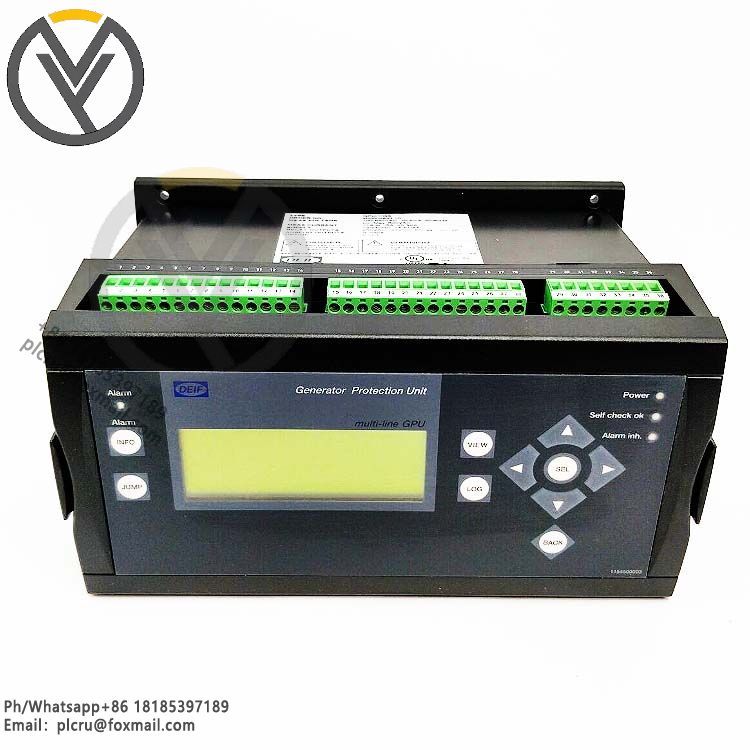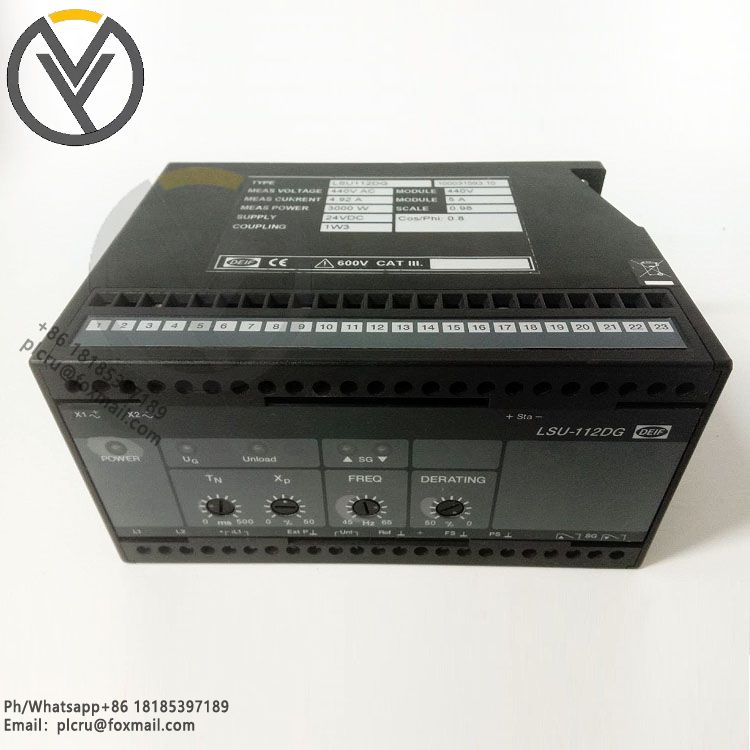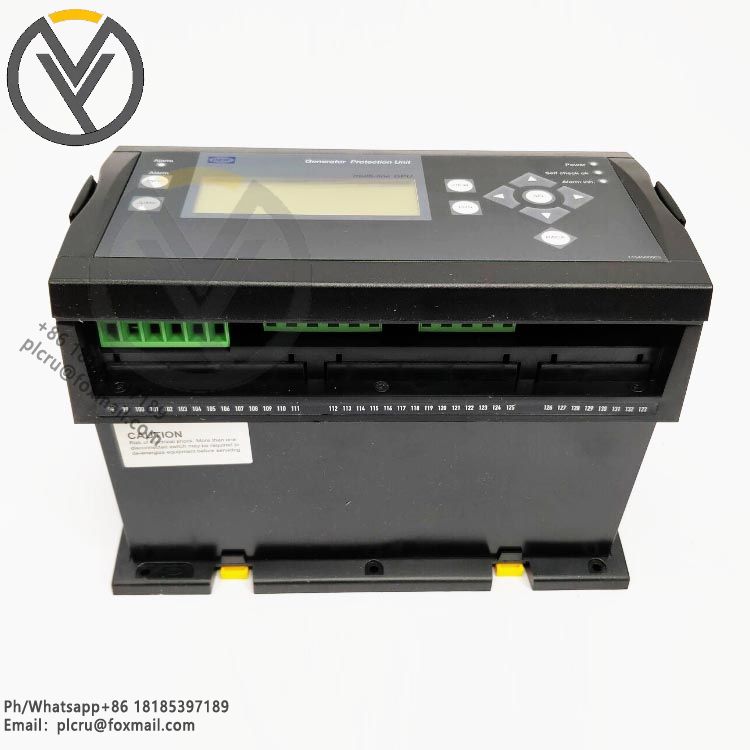
DEIF TAP-210DG/3 Sensor
Delivery time 3 days
Product origin New/used
Email plcru@foxmail.com
Mobile/wechat /WhatsApp +86 18185397189
The DEIF TAP-210DG/3 sensor is a sensor designed by DEIF for its power system mo
The DEIF TAP-210DG/3 sensor is a sensor designed by DEIF for its power system monitoring and protection equipment. This kind of sensor is usually used to measure and monitor the physical quantities related to the power system, such as temperature, pressure, flow, etc., to ensure the safe, stable and efficient operation of the power system.
The following are some of the features and functions of the DEIF TAP-210DG/3 sensor:
High Precision measurement: The TAP-210DG/3 sensor has a high precision measurement capability to accurately measure and monitor target physical quantities. Its high-precision characteristics enable it to provide accurate data in power system monitoring, helping operators to detect potential problems and failures in a timely manner.
Reliability and stability: DEIF is committed to providing high-quality sensor products, the TAP-210DG/3 sensor has undergone rigorous quality control and environmental adaptability testing to ensure reliable and stable performance in a variety of harsh industrial environments.
Fast response: The sensor has the characteristics of fast response, and can quickly sense and respond to changes in the target physical quantity. This is important for power systems that require real-time monitoring and rapid response, helping to detect and deal with anomalies in a timely manner.
Easy installation and maintenance: TAP-210DG/3 sensors are typically designed to be compact, lightweight and easy to install, making it easy for users to integrate them into their existing power systems. At the same time, its maintenance is relatively simple, reducing the maintenance cost and workload of users.
Multiple output options: The sensor supports multiple output signal options, such as analog signals, digital signals, etc., to meet the needs of different monitoring systems. Users can choose the appropriate output signal according to the actual situation, and connect and integrate with the existing monitoring system.







